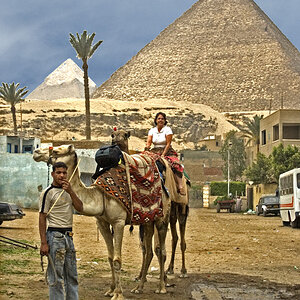how do I create this effect of a waterfall?
View attachment 57804
Please do not post images to which you do not hold rights. We can post links to images we don't have rights to.
View attachment 57804
Please do not post images to which you do not hold rights. We can post links to images we don't have rights to.
Last edited by a moderator:








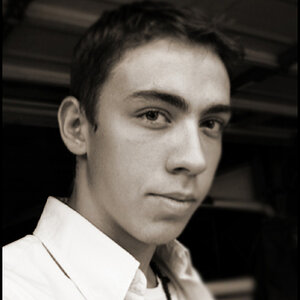
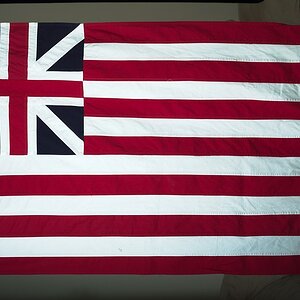
![[No title]](/data/xfmg/thumbnail/37/37602-1ef8dbb1c2d0e4ff347ee65d328c3603.jpg?1619738147)
![[No title]](/data/xfmg/thumbnail/37/37603-739c5d9b541a083a12f2f30e45ca2b7b.jpg?1619738147)
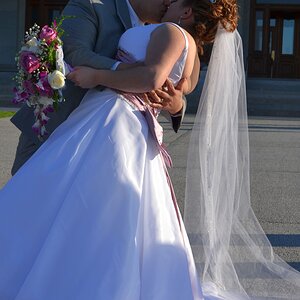

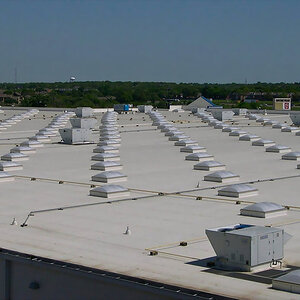
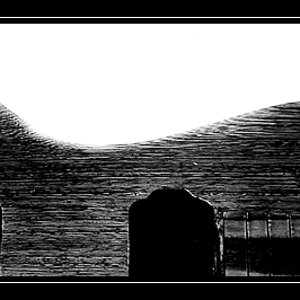
![[No title]](/data/xfmg/thumbnail/38/38743-ad854d502dddc7f41a927f1731a504cd.jpg?1619738704)
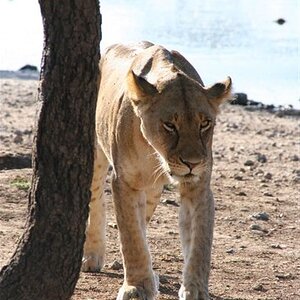
![[No title]](/data/xfmg/thumbnail/38/38741-89a8c6f9d841889783a4fae2b8c40902.jpg?1619738704)
